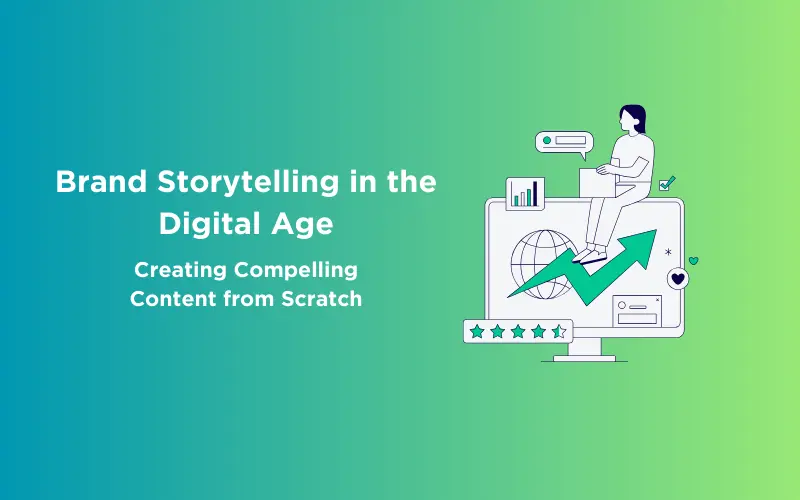
Brand Storytelling in the Digital Age: Creating Compelling Content from Scratch
Mar 11, 2025 5 Min Read 3422 Views
(Last Updated)
Having a personal brand is one thing, but learning to build and grow a sustainable, mesmerizing personal brand is an entirely different ball game. To truly stand out in the competitive landscape of your industry, it’s essential to become a magnetic force that not only attracts attention but also leaves a lasting impact. The key? Authenticity. It’s not about mimicking what others have done; it’s about celebrating and elevating your unique individuality.
Brand storytelling in the digital age transcends the mere drafting of a story. It’s an art form that shapes a company’s identity through narratives and storytelling techniques designed to evoke emotional responses and forge meaningful connections with audiences. But here’s the catch: creating an incredible story is just the starting point. The real challenge lies in bringing that story to life in the crowded, buzzing digital world, ensuring it creates maximum impact and engagement.
As we delve into the nuances of brand storytelling in the digital age, we’ll uncover how to master this art, making your brand not just seen, but truly experienced and remembered. Let’s explore how to turn your brand’s narrative into a captivating, unforgettable experience.
Table of contents
- The Essence of Brand Storytelling
- a) Authenticity is Key
- b) Visual Appeal: More Than Meets the Eye
- c) Strong Online Presence: Your Digital Storefront
- Brand Storytelling Strategies for Tech Companies
- Humanizing Technology
- Consistency and Clarity: The Dynamic Duo
- The 3 C's of Effective Brand Storytelling
- Craft: The Art of Storytelling
- Create: Building a World Around Your Brand
- Capture: Making Memories
- Disruptive Brand Storytelling in the Digital World
- Simplicity is the Ultimate Sophistication
- Make it Human
- Unusual, Yet Familiar
- Co-Authorship: Involve Your Audience
- 5 "Out of the Box" Storytelling Studies You Shouldn't Miss...
- Spotify: Harnessing Data to Tell Stories
- Airbnb: Community-Driven Stories
- Warby Parker: An Origin Story with a Purpose
- Dove: Challenging Beauty Stereotypes
- Nike: Storytelling for Equality
- Passing Thoughts...
- FAQs
- How can small businesses leverage brand storytelling effectively?
- What are the key elements of a successful brand story in the digital age?
- How do you measure the impact of brand storytelling on your business?
- How has digital media changed the way brands tell their stories?
The Essence of Brand Storytelling
Before we move to the next part, you should have a deeper knowledge of business analytics concepts. You can consider enrolling yourself in GUVI’s Business Analytics and Digital Marketing Course, which lets you gain practical experience by developing real-world projects and cover technologies including Power BI, Excel, SQL, Tableau, Data Visualization, etc.
Additionally, if you would like to explore Marketing Research Techniques through a Self Paced course, try GUVI’s Marketing Research Techniques certification course.
a) Authenticity is Key
Remember, when it comes to digital branding, authenticity isn’t just a buzzword; it’s the cornerstone of your story. As we learned from Forbes, your brand’s story should be as unique as a fingerprint, reflecting the genuine spirit of your brand. Think about Apple’s “Think Different” campaign. It wasn’t just about selling gadgets; it was a celebration of innovation and individuality, mirroring Apple’s ethos.
b) Visual Appeal: More Than Meets the Eye
Humans are visual creatures. A striking image or a captivating design can make your brand unforgettable. Take Nike’s iconic “Just Do It” slogan paired with the swoosh logo. It’s simple, powerful, and visually impactful, instantly conveying a message of determination and athleticism.
Explore More: Balancing Between Creativity and Functionality in UI/UX Design Projects
c) Strong Online Presence: Your Digital Storefront
In today’s world, your digital presence is your storefront. It’s not just about being seen; it’s about creating an experience that sticks. LinkedIn’s insights remind us that every social media post and webpage is an opportunity to make an impression. Make it count!
Unleash your potential with Zen Class’s dynamic Business Analytics and Digital Marketing Course. This comprehensive 6-months program combines a high-quality vetted curriculum, real-world examples, and practical applications to provide one with a solid foundation in the industry. It’s more than just a course; it’s your pathway to success in the digital world.
Brand Storytelling Strategies for Tech Companies
Humanizing Technology
In a sea of tech jargon, the human connection floats. Tech companies, as per LinkedIn, should focus on stories that resonate on a human level. Google, for instance, doesn’t just sell features; it sells experiences – helping you find answers, stay organized, and connect with loved ones.
Learn | Artificial Intelligence vs Human Intelligence: A Definitive Comparison
Consistency and Clarity: The Dynamic Duo
Your story should be consistent across all platforms, yet clear and easy to digest. Think of how Amazon consistently delivers the message of convenience and customer-centric service, whether you’re on their app, website, or watching their ads.
The 3 C’s of Effective Brand Storytelling
1. Craft: The Art of Storytelling
Crafting a story is like painting; every stroke matters. It’s about choosing words and images that align with your brand’s soul. Remember Dove’s Real Beauty campaign? It wasn’t just about selling soap; it was a crafted narrative celebrating real people, real beauty.
2. Create: Building a World Around Your Brand
Creating a brand world means inviting your audience to a universe crafted just for them. LEGO does this brilliantly. It’s not just about selling bricks; it’s about selling imagination, creativity, and endless possibilities.
3. Capture: Making Memories
Capturing your audience’s attention means creating memorable content. Red Bull does this exceptionally well. It’s not just an energy drink; it’s an adrenaline-pumping lifestyle, captured through extreme sports events and thrilling sponsorships.
ALSO READ | Complete Digital Marketing Career Roadmap
Disruptive Brand Storytelling in the Digital World
Simplicity is the Ultimate Sophistication
The best stories are easy to understand and hard to forget. Airbnb’s narrative of belonging anywhere with a local touch is a perfect example. Simple, relatable, yet profoundly impactful.
Also Explore Minimalism in UI/UX Design: Role and Importance for Design Career
Make it Human
Your brand story should feel like a conversation, not a corporate monologue. Patagonia’s environmental activism isn’t just a stance; it’s a conversation with its community about shared values and responsibilities.
Unusual, Yet Familiar
Disruptive doesn’t mean alien. It’s about presenting familiar ideas in novel ways. Coca-Cola’s “Share a Coke” campaign took the familiar joy of sharing a drink and turned it into a personalized storytelling experience.
Co-Authorship: Involve Your Audience
Today’s consumers don’t just want to buy; they want to belong. Could you encourage them to be part of your story? Starbucks’ White Cup Contest, where customers decorated their cups and shared them online, turned customers into brand storytellers.
ALSO READ | Best Website to Learn Digital Marketing in 2023
5 “Out of the Box” Storytelling Studies You Shouldn’t Miss…
1. Spotify: Harnessing Data to Tell Stories
Spotify stands out as a modern brand that leverages big data to understand and connect with its audience. Their annual wrap-up campaigns humorously highlight user behaviors and trends in music, creating a personalized storytelling experience. For instance, they once humorously spotlighted the number of times a fan listened to Lil Nas X, adding a comical twist to their data-driven narratives.
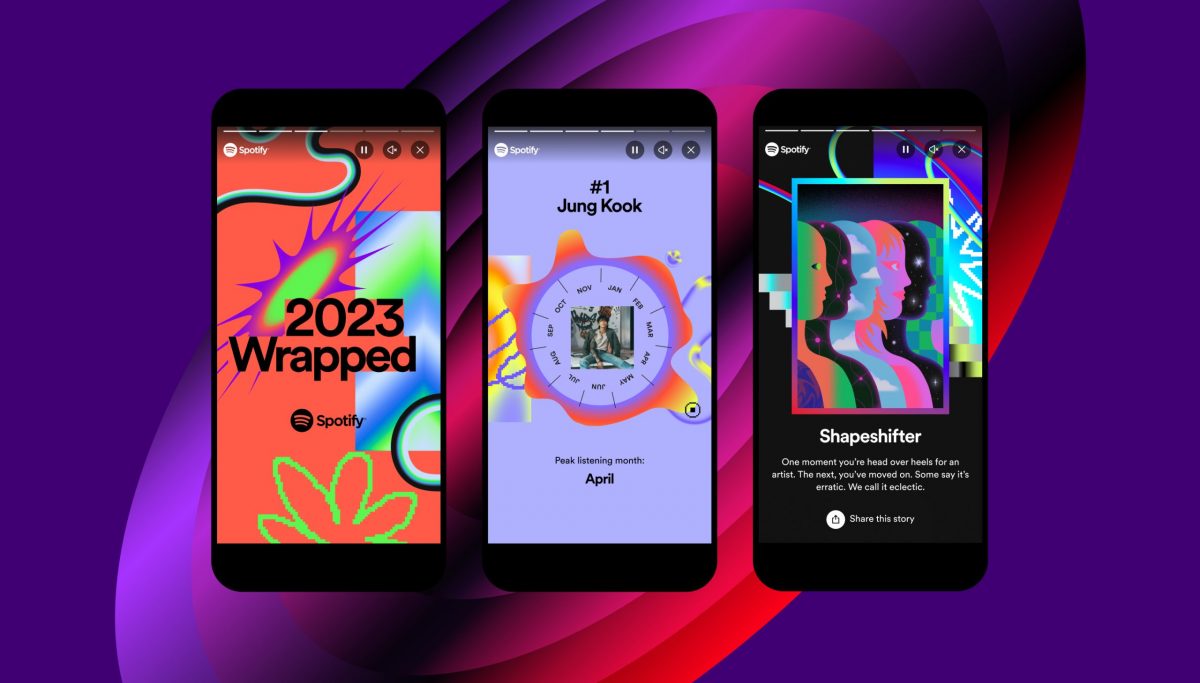
2. Airbnb: Community-Driven Stories
Airbnb excels in storytelling by empowering its community to share their own experiences. A notable story involves a host named Fabio from Brazil. When a guest lost her wallet, Fabio went above and beyond to help her retrieve it, embodying Airbnb’s ethos of belonging and community support. This story not only showcases the brand’s values but also strengthens the emotional connection with its audience.
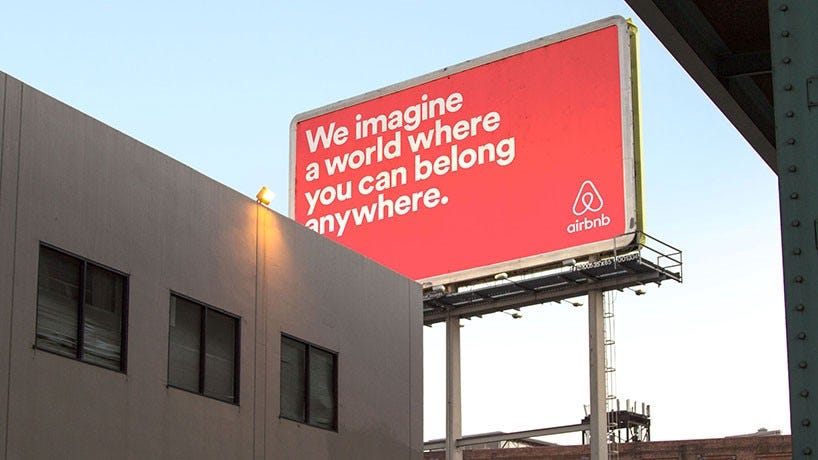
3. Warby Parker: An Origin Story with a Purpose
Warby Parker’s brand storytelling revolves around its origin story, which aligns with its audience’s experiences. The founders, faced with the high cost of eyewear, created a company offering designer glasses at affordable prices. This narrative resonates with consumers who have experienced similar frustrations, making the brand’s story relatable and authentic.
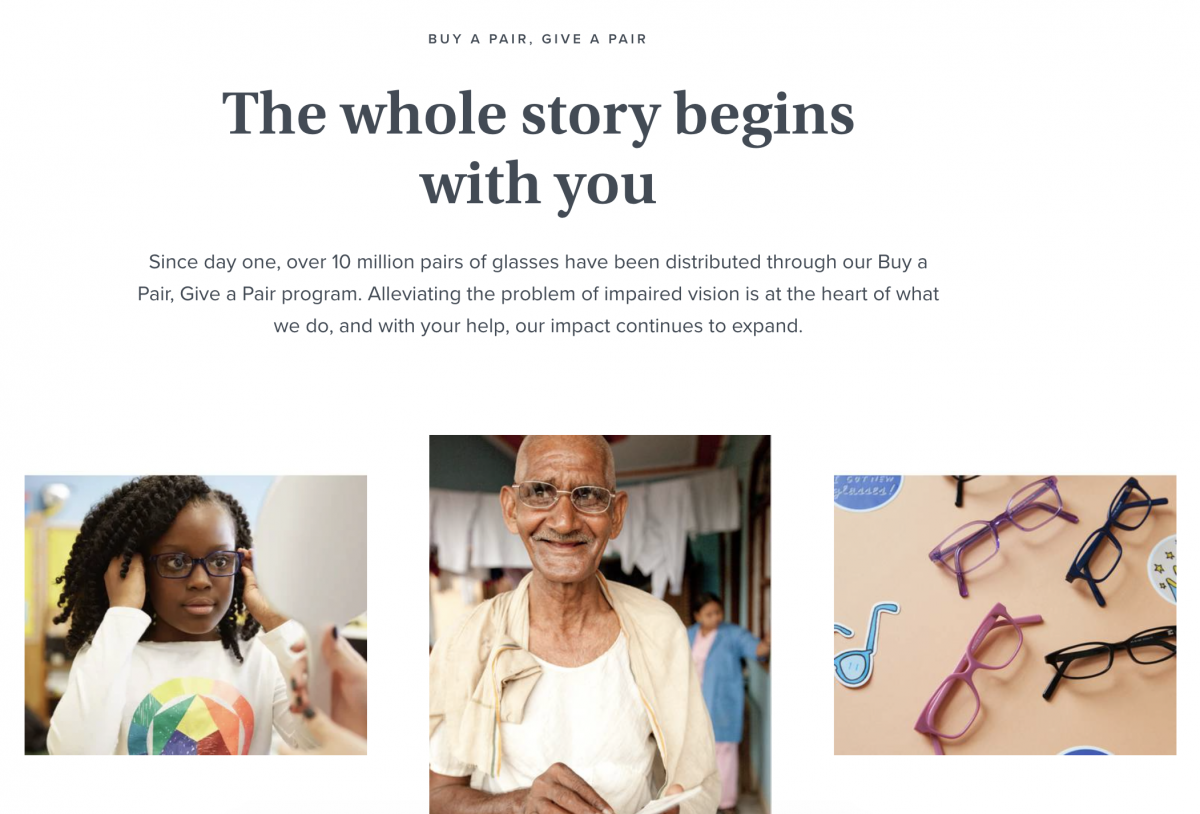
4. Dove: Challenging Beauty Stereotypes
Dove’s campaign featuring a forensic sketch artist powerfully addressed women’s self-esteem issues. By contrasting sketches based on women’s self-descriptions with those described by others, Dove highlighted the gap in self-perception versus reality. This campaign aligns with Dove’s mission to boost self-esteem, challenging the beauty standards set by the cosmetics and fashion industries.
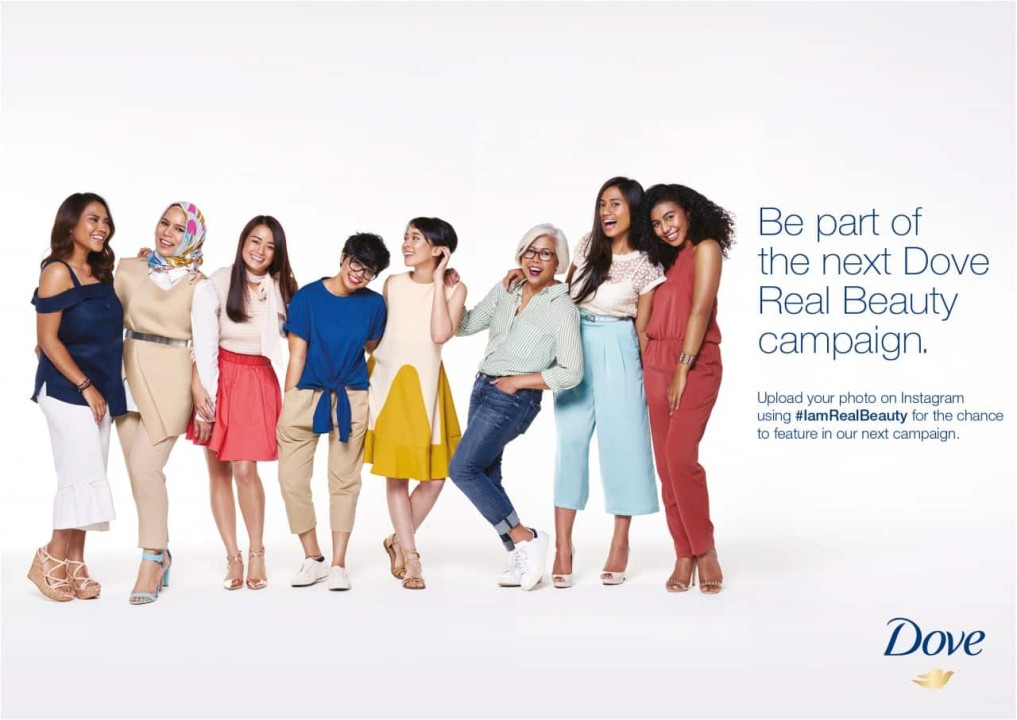
5. Nike: Storytelling for Equality
Nike’s storytelling prowess is evident in their campaigns that address social issues. Their “What Will They Say About You” campaign stood in solidarity with Muslim and Arab women, promoting a pro-hijab message. By sharing individual stories of athletes, Nike highlights societal inequalities, aligning its brand with the values of equality and justice.
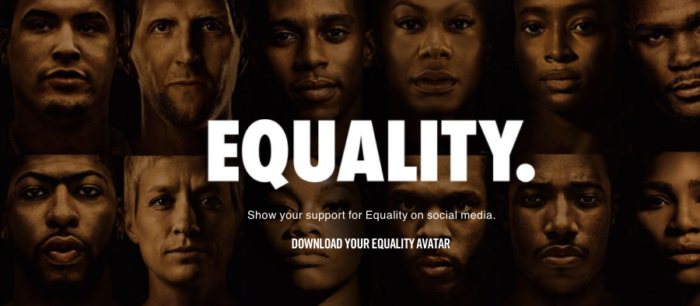
These case studies exemplify how effective brand storytelling in the digital age goes beyond selling products or services. It’s about creating narratives that resonate personally, address societal issues, and build a community around shared values and experiences.
Kickstart your career by enrolling in GUVI’s Business Analytics and Digital Marketing Course where you will master technologies including Power BI, Excel, SQL, Tableau, and Data Visualization, and build interesting real-life business-analytics projects.
Alternatively, if you want to explore Marketing Research Techniques through a Self Paced course, try GUVI’s Marketing Research Techniques certification course.
Passing Thoughts…
In a nutshell, brand storytelling in this modern epoch defies traditional marketing tactics. It’s the art of building relationships, and loyalty and shaping consumers’ perceptions. In a world full of noise and messaging, a story branded remarkably well would cut through the chaos, thus creating an impact that lasts a lifetime.
Brand storytelling in the digital age is an exciting, dynamic field. It’s about authenticity, creativity, and connection. As we navigate this digital narrative landscape, remember that the best stories are those that resonate with us on a human level. They make us think, feel, and, most importantly, connect. So, go ahead, tell your story, and watch the world listen!
Also Read: 6 Reasons Business Analytics Makes Digital Marketing Powerful
FAQs
Small businesses can leverage brand storytelling by focusing on their unique history, values, and customer experiences. They should craft stories that resonate with their target audience, highlighting what sets them apart from larger competitors.
Utilizing social media platforms and their website, small businesses can share these stories to create a more personal and relatable brand image.
The key elements of a successful brand story in the digital age include authenticity, emotional connection, clarity, and relevance. A good brand story should authentically represent the brand’s values and mission, connect emotionally with the audience, be clear and easy to understand, and be relevant to the current societal context or consumer needs.
The impact of brand storytelling can be measured through various metrics such as engagement rates on social media, website traffic, conversion rates, customer feedback, and brand sentiment analysis.
Additionally, businesses can track changes in brand awareness and customer loyalty over time to gauge the long-term effects of their storytelling efforts.
Digital media has revolutionized brand storytelling by providing diverse platforms and innovative tools for narrative creation and distribution. It allows for more interactive and engaging storytelling methods, such as multimedia content, social media storytelling, and real-time engagement with audiences.
Digital media also offers brands the ability to tailor their stories to specific audience segments and to gather immediate feedback, enabling more dynamic and responsive storytelling strategies.

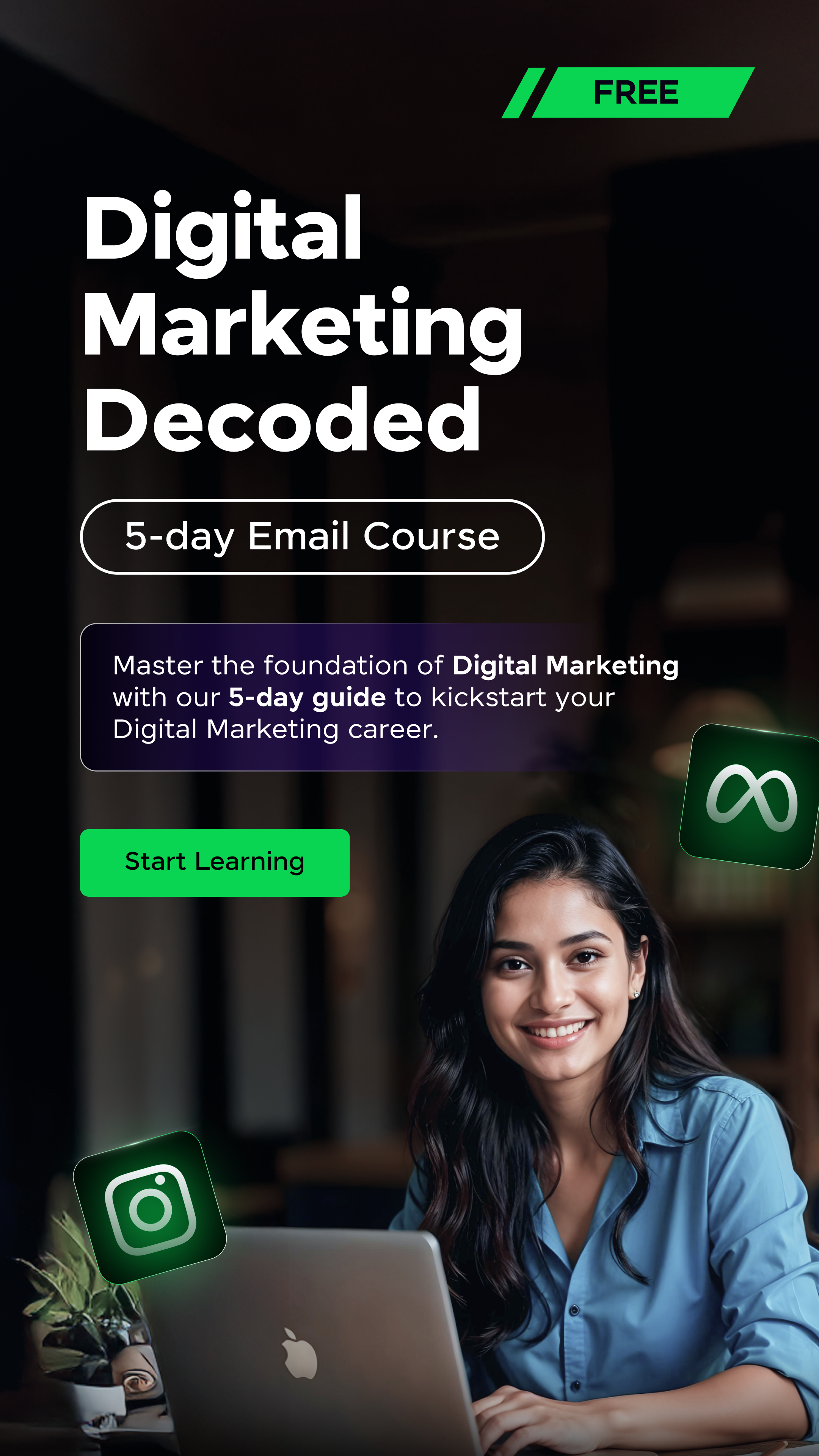























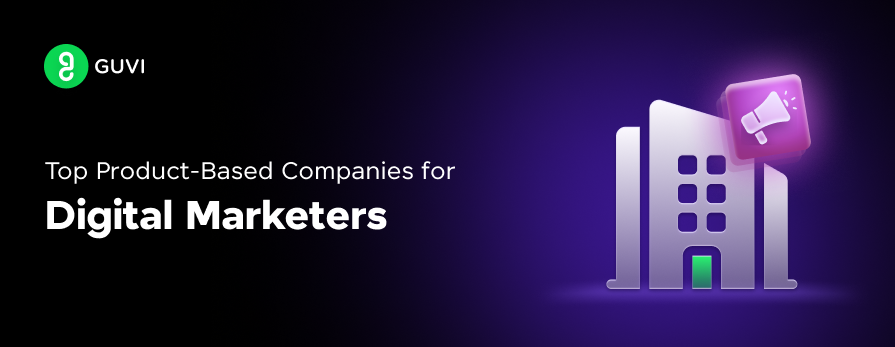

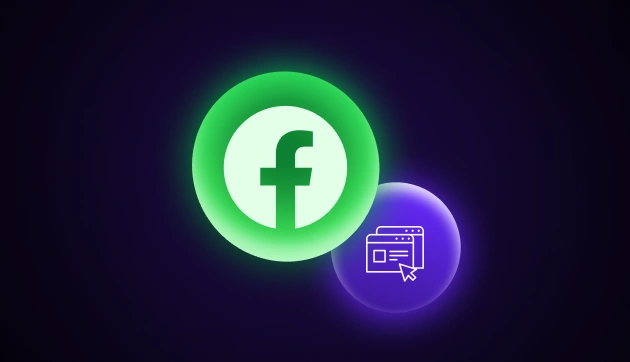


Did you enjoy this article?